
By Jessica Holmes
We approach the end of another series of Doctor Who, and it’s been a bit of a rough one, hasn’t it? Other than the occasional standout, I feel that I’ve ended up finding every other story terribly repetitive. As I began to watch the last serial of the current run, I had hope that my faith in the series would be rewarded. After all, when Doctor Who is good, it’s really, really good, and this latest serial was scripted by David Whittaker (who wrote The Enemy Of The World, possibly my favourite story) based on a story by Kit Pedler (who is to the Cybermen as Terry Nation was to the Daleks). With a writing duo like that, things looked very promising for the serial. Was my faith rewarded? Let’s mull it over as I give you a quick rundown of The Wheel In Space.
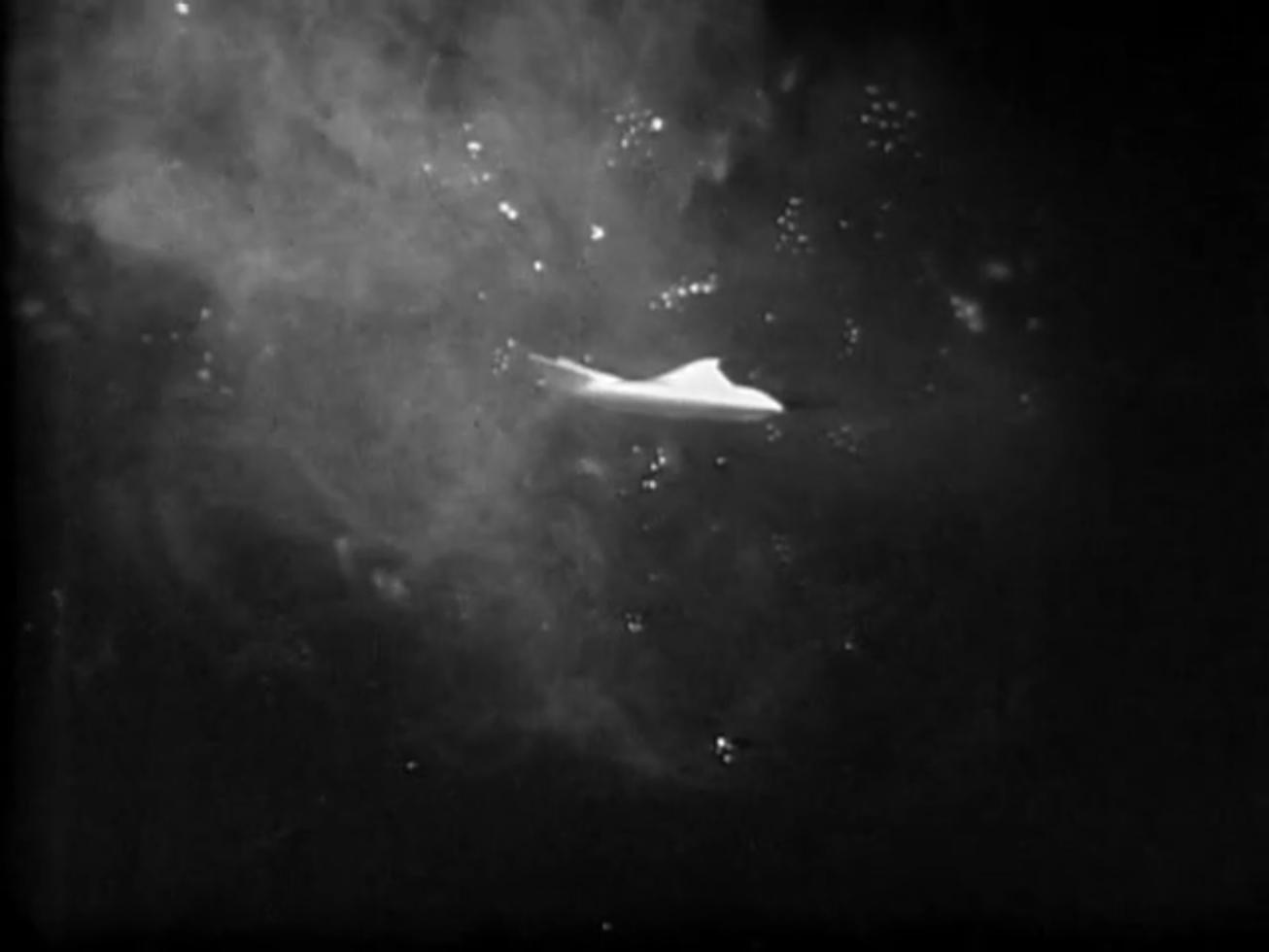
Continue reading [May 12, 1968] Slow And Steady… (Doctor Who: The Wheel In Space [Part One])

![[April 22, 1968] Bored Of The Rigs (<i>Doctor Who</i>: Fury From The Deep [Part 2])](https://galacticjourney.org/wp-content/uploads/2023/04/680422really-672x372.jpg)
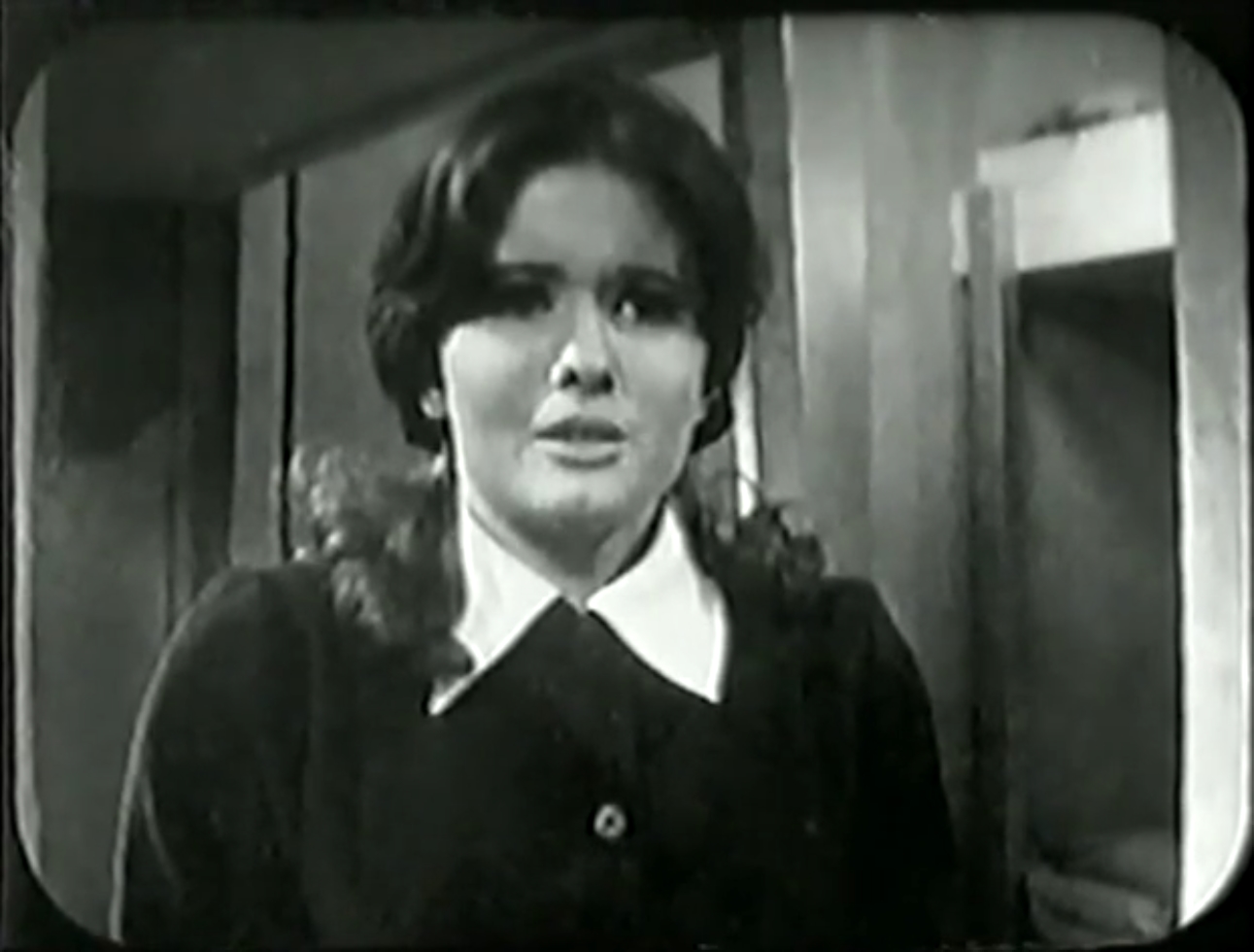
![[March 31st, 1968] Boredom From The Deep (<i>Doctor Who</i>: Fury From The Deep [Part One])](https://galacticjourney.org/wp-content/uploads/2023/03/680331aaaaaaaaa-672x372.jpg)
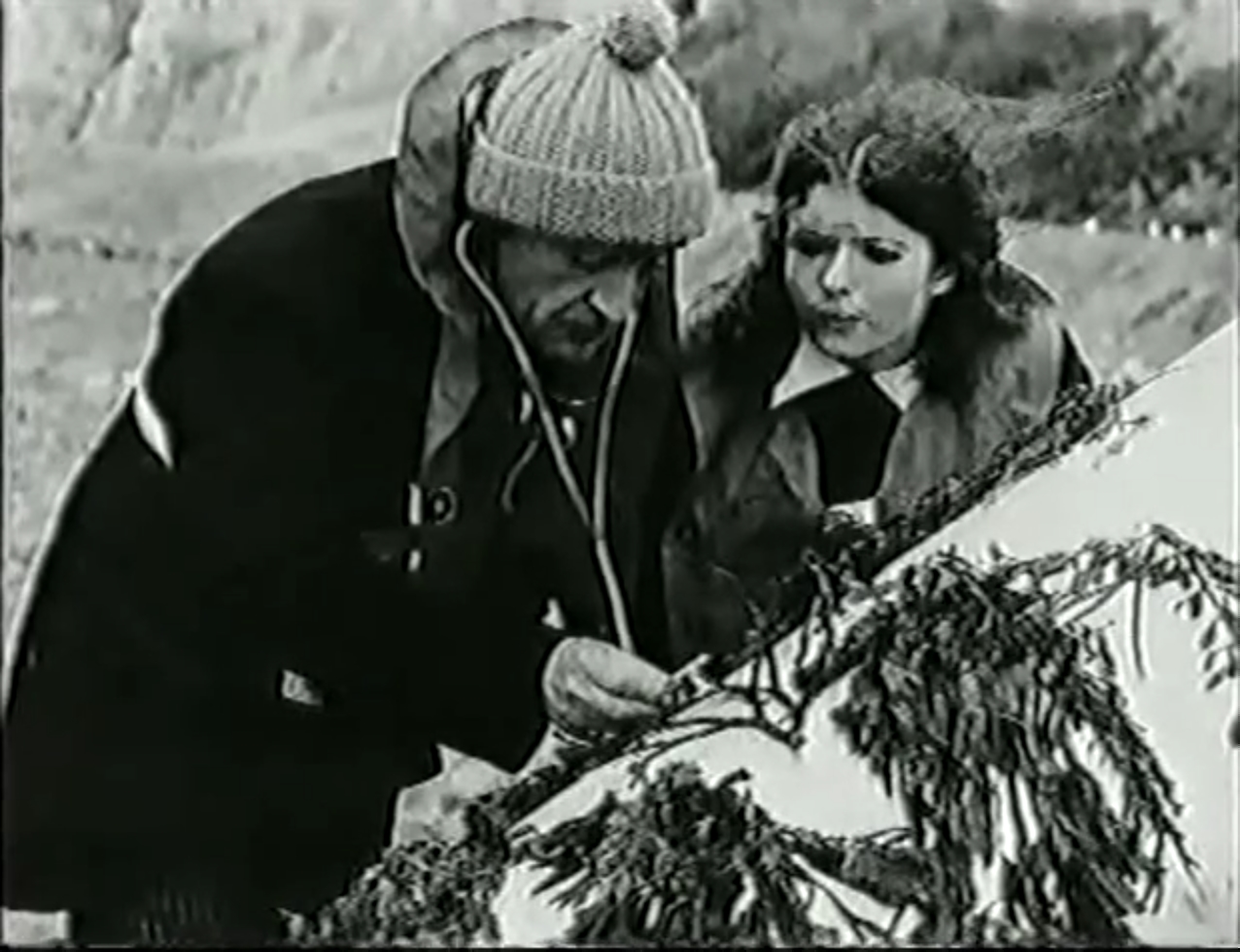
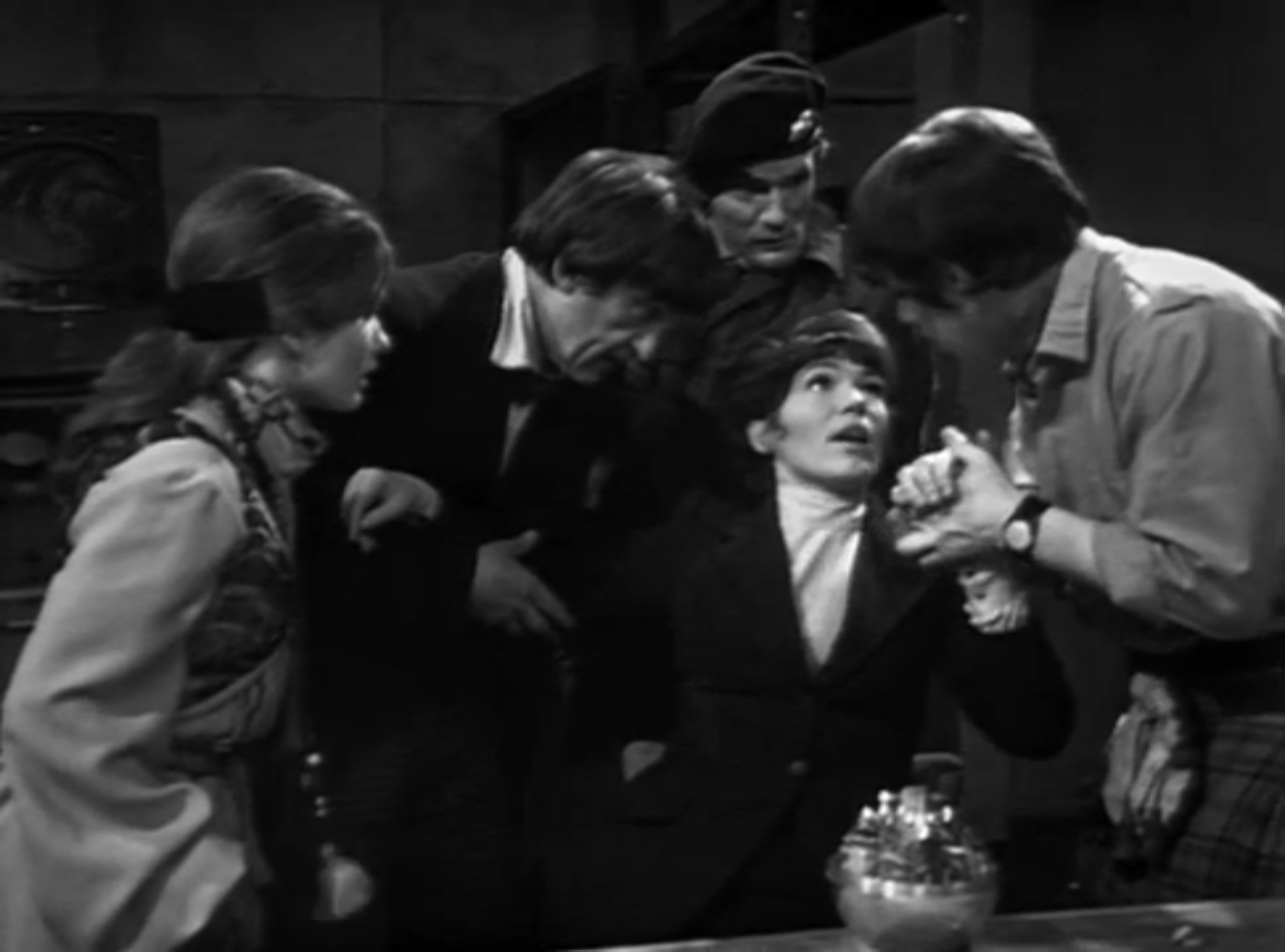
![[February 18, 1968] Yet(i) Again, London Is Under Attack (<i>Doctor Who</i>: The Web Of Fear [Part One])](https://galacticjourney.org/wp-content/uploads/2023/02/680218underground-672x372.jpg)

![[January 28th, 1968] Double Trouble (<i>Doctor Who</i>: The Enemy Of The World [Part Two])](https://galacticjourney.org/wp-content/uploads/2023/01/680128facetoface-672x372.jpg)

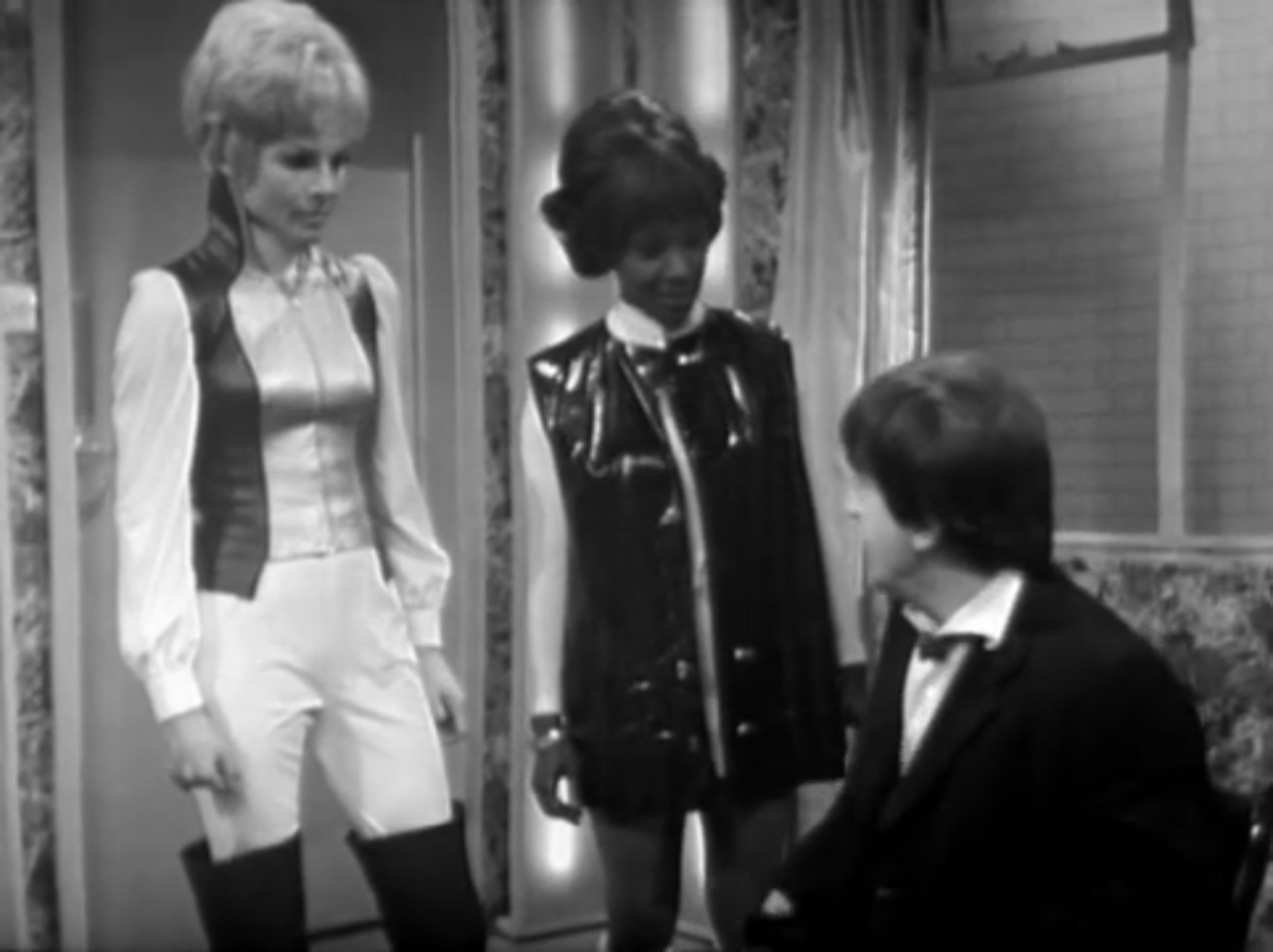
![[January 8, 1968] Seeing Double…Again (<i>Doctor Who</i>: The Enemy Of The World [Part 1])](https://galacticjourney.org/wp-content/uploads/2023/01/680108seeingdouble-672x372.jpg)
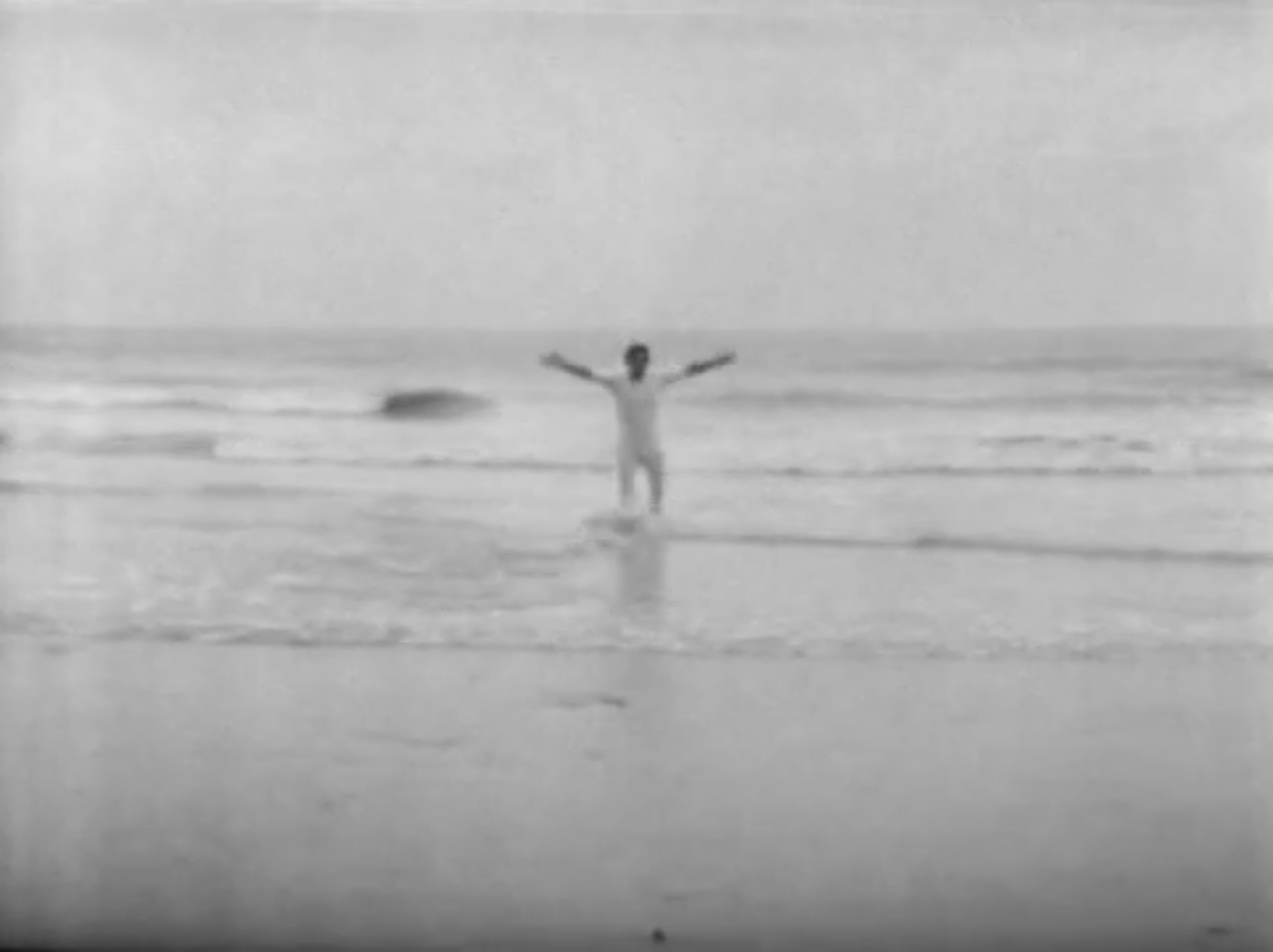
![[December 18, 1967] God Out Of The Machine (<i>Doctor Who</i>: The Ice Warriors [Part 2])](https://galacticjourney.org/wp-content/uploads/2022/12/671218wouldyouliketobuyavaccuumcleaner-672x372.jpg)

![[November 28, 1967] Aliens On Ice (<i>Doctor Who</i>: The Ice Warriors [Part 1])](https://galacticjourney.org/wp-content/uploads/2022/11/671128legohands-672x372.jpg)

![[November 6, 1967] Reaching the Peak (Doctor Who: The Abominable Snowmen [Part 2])](https://galacticjourney.org/wp-content/uploads/2022/11/671106snowmenonthemountain.jpg)